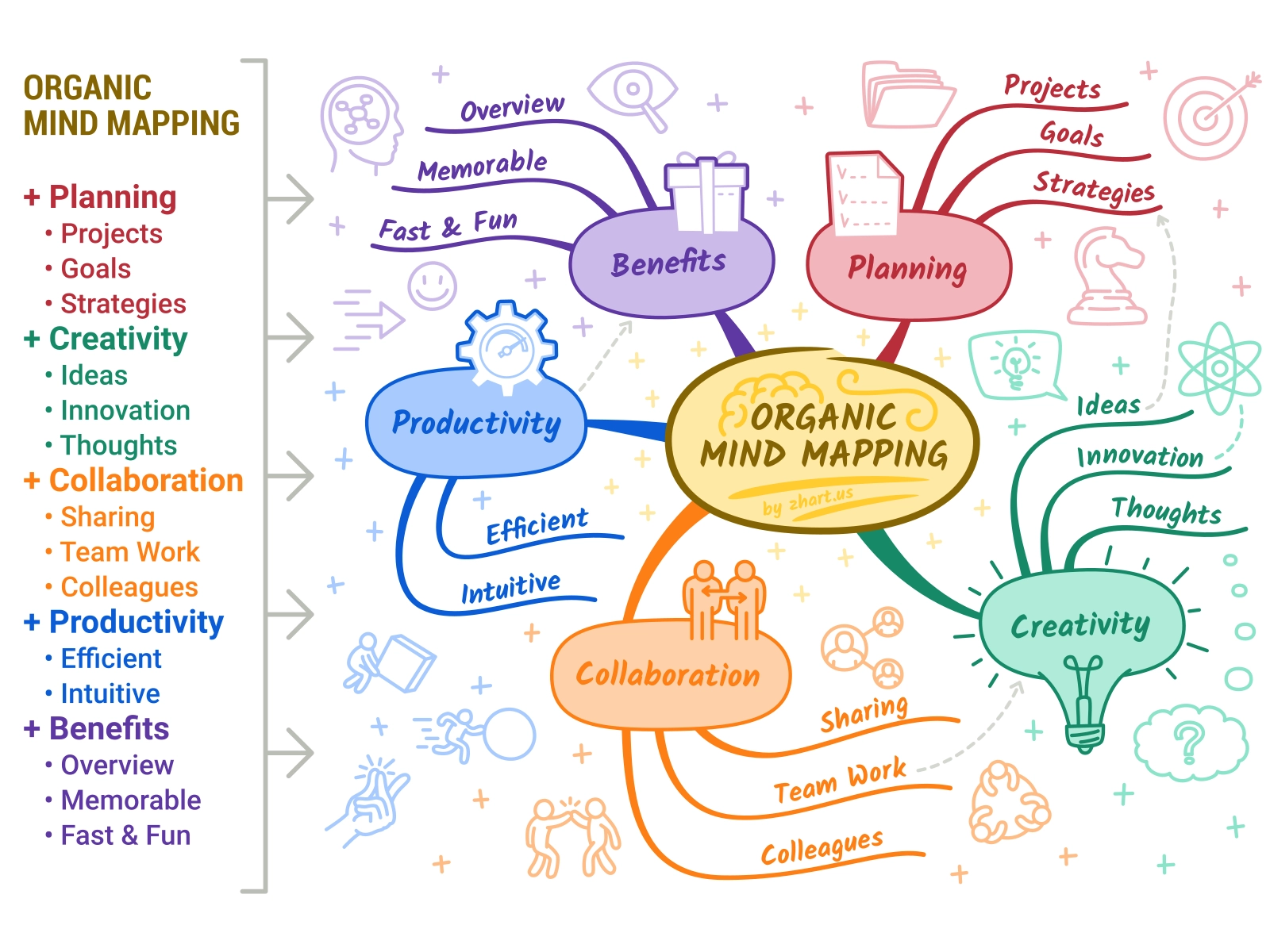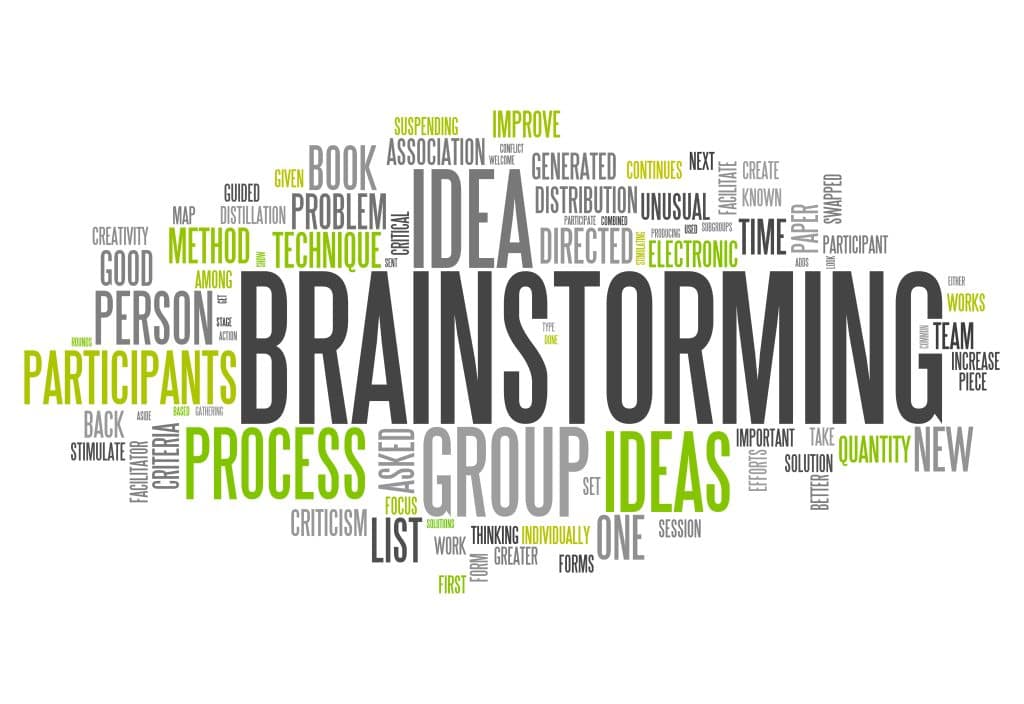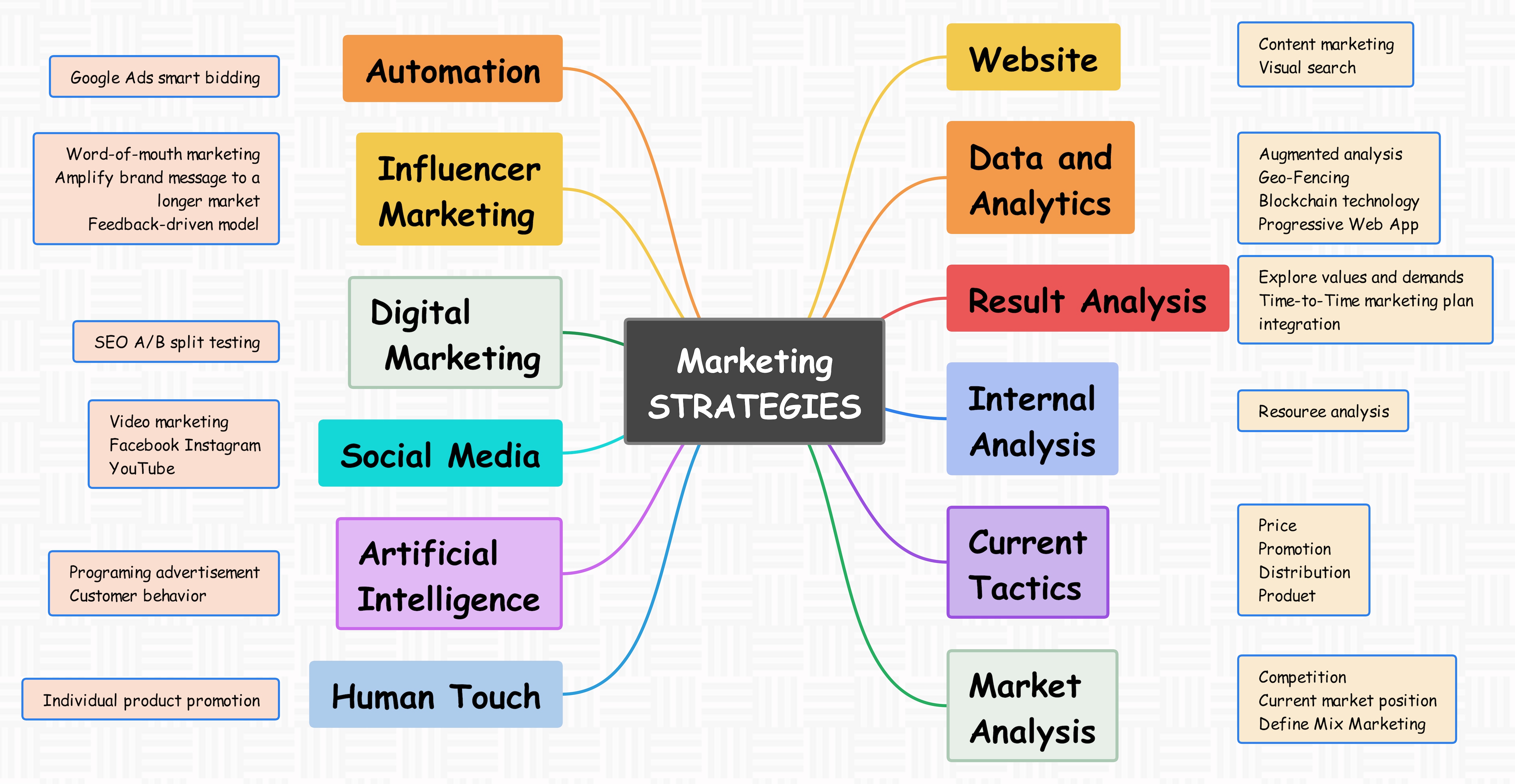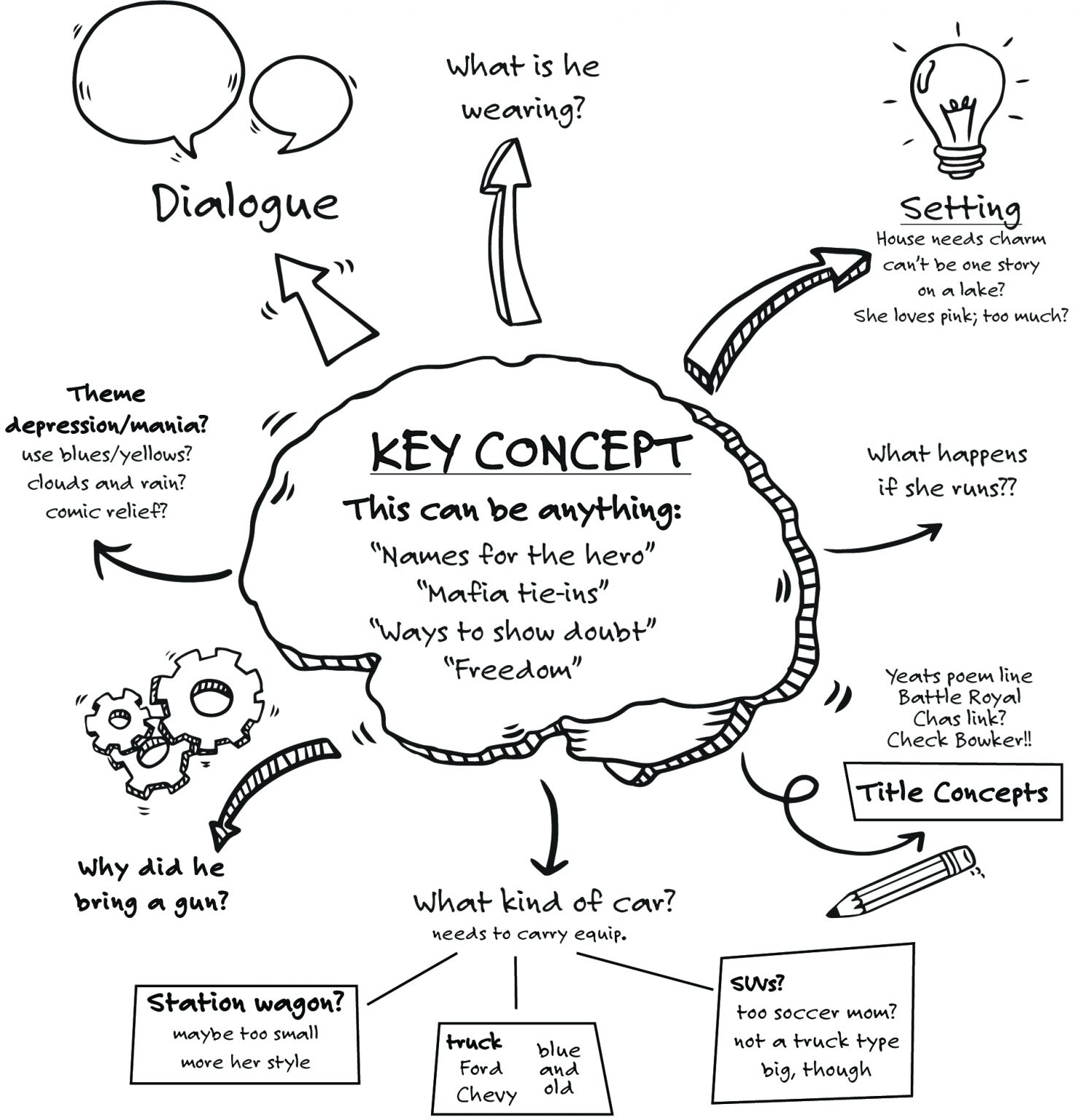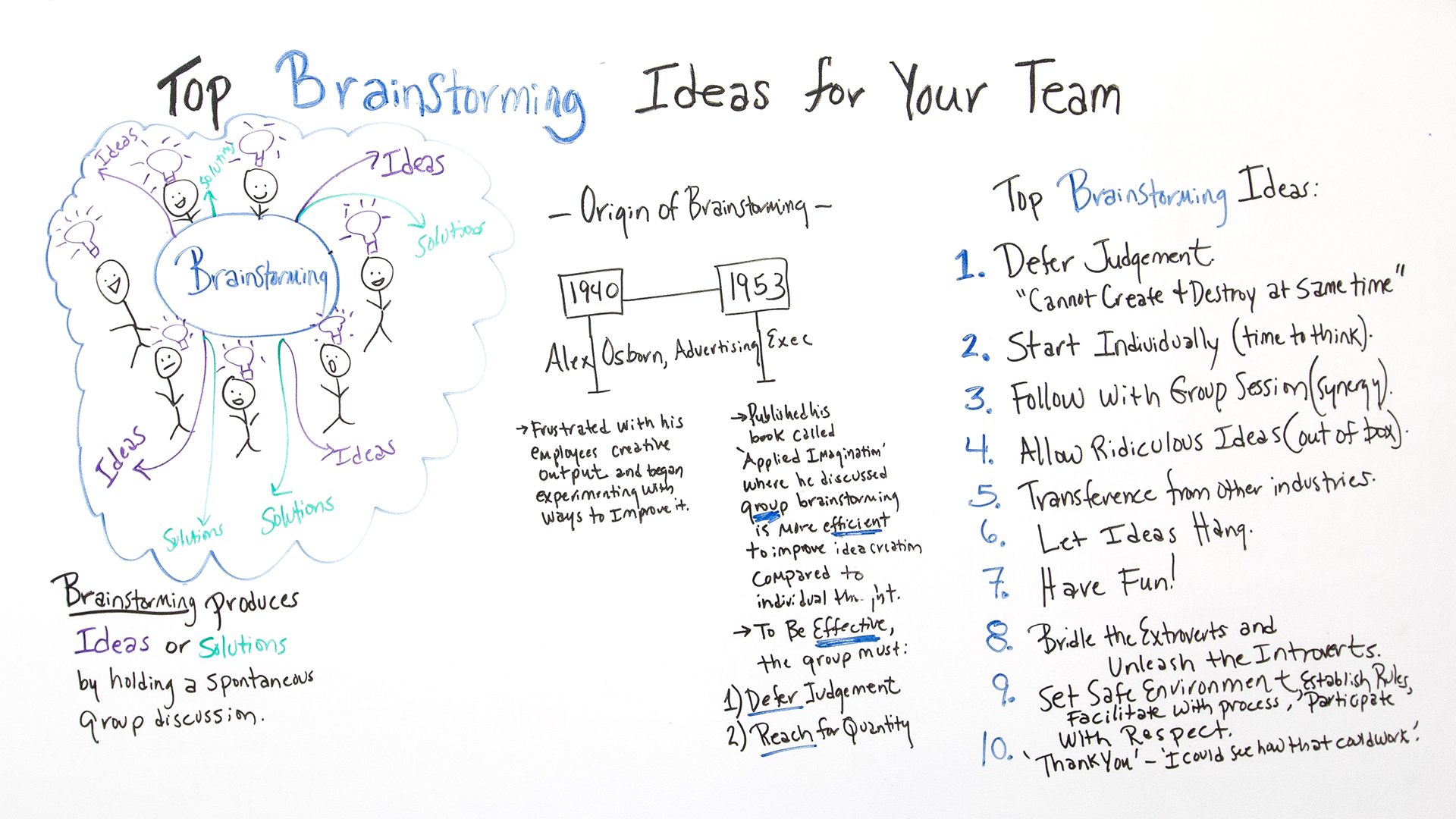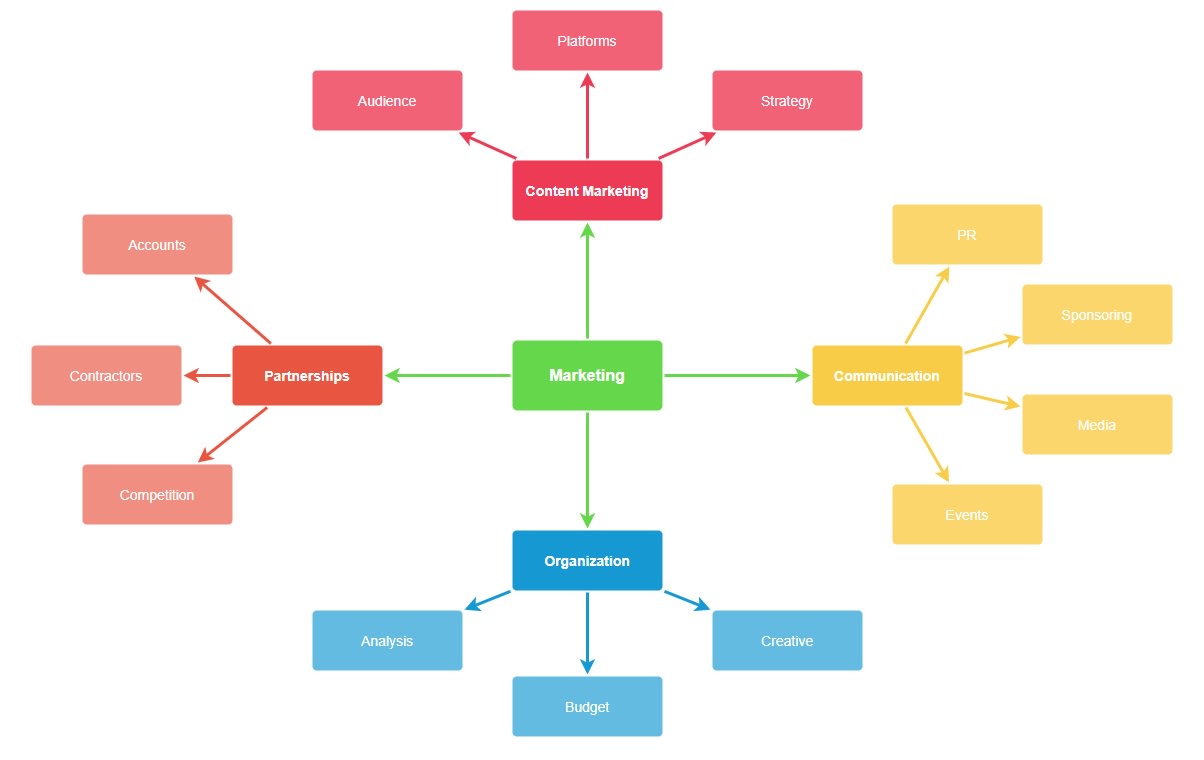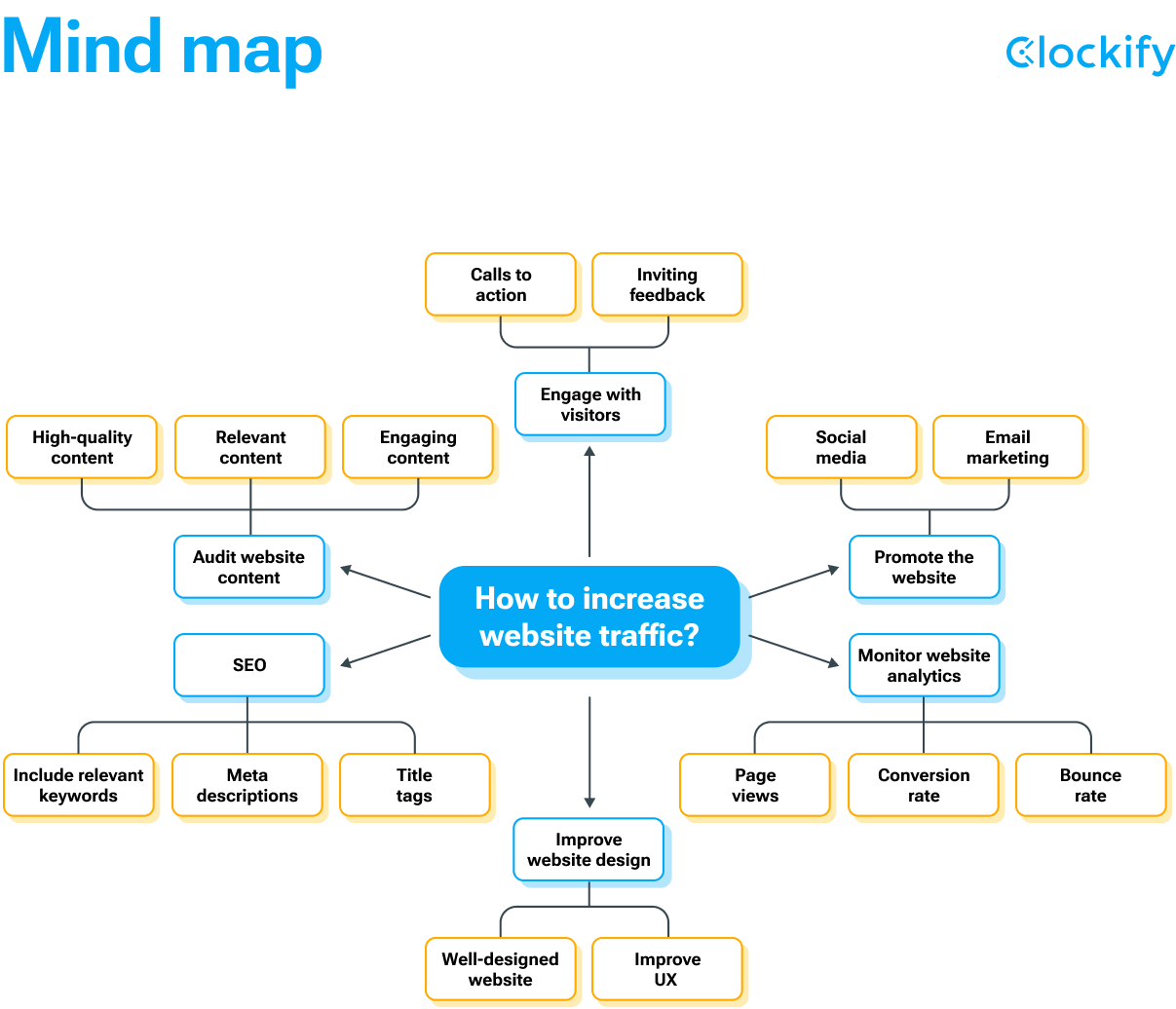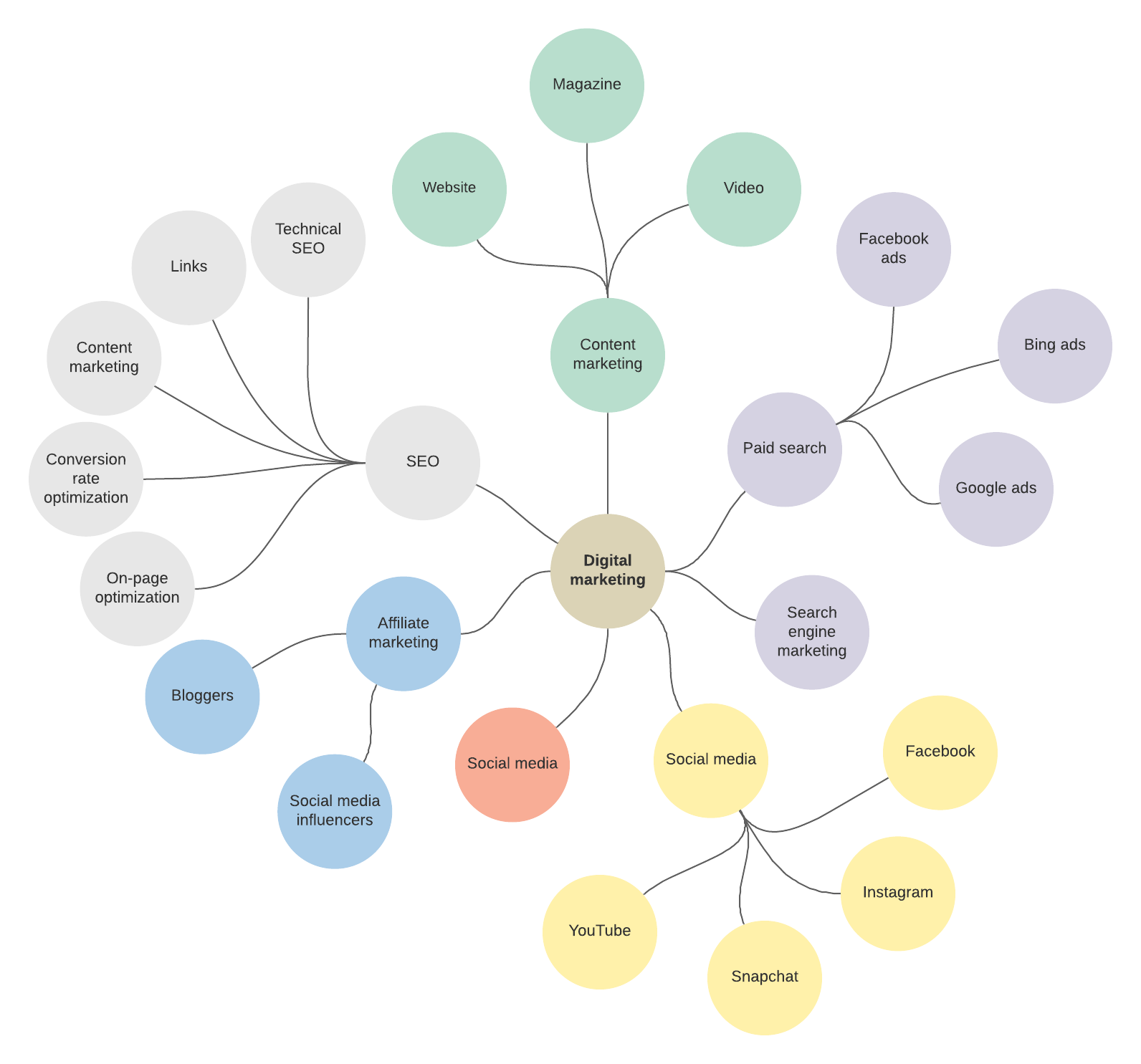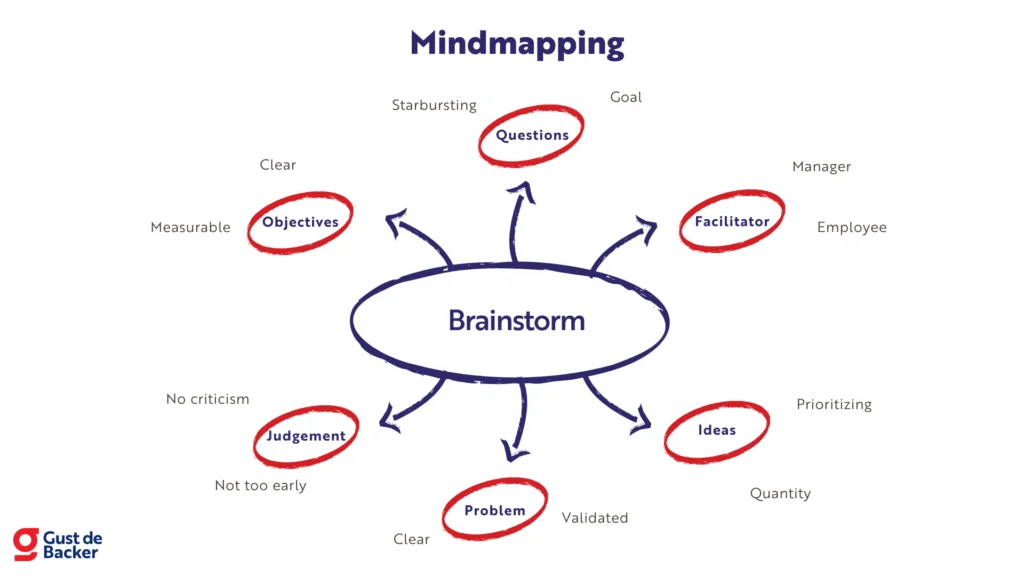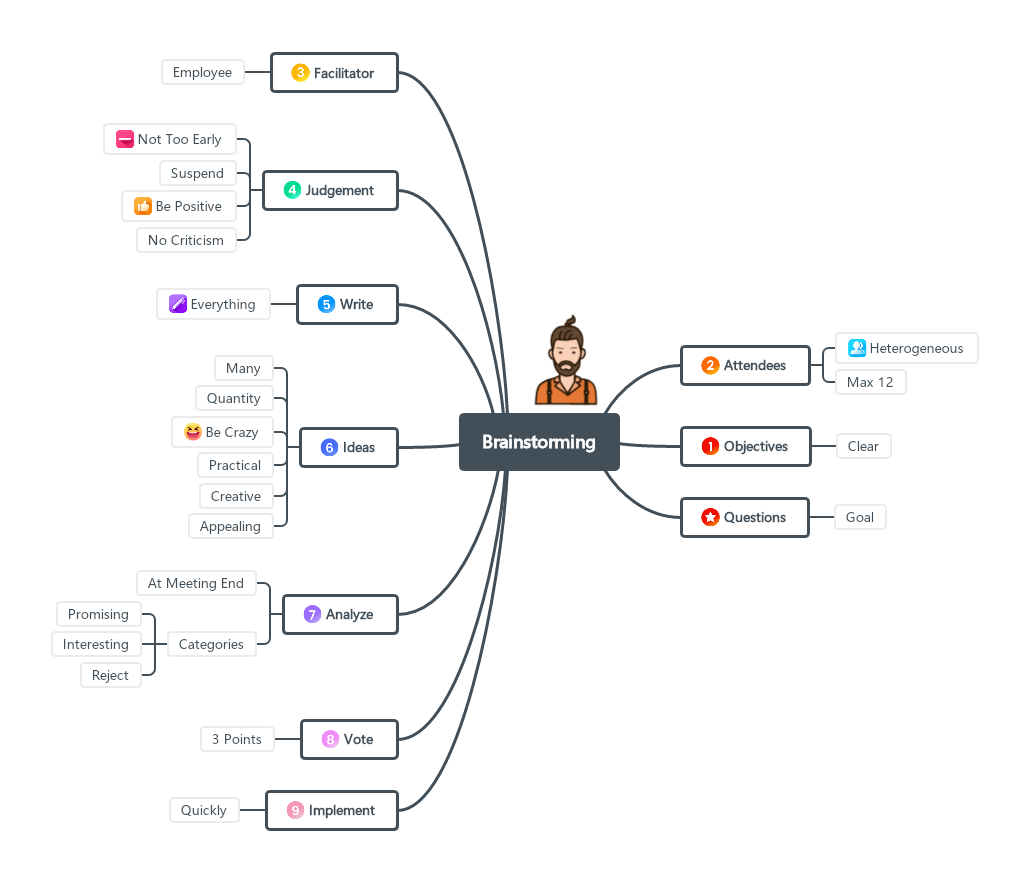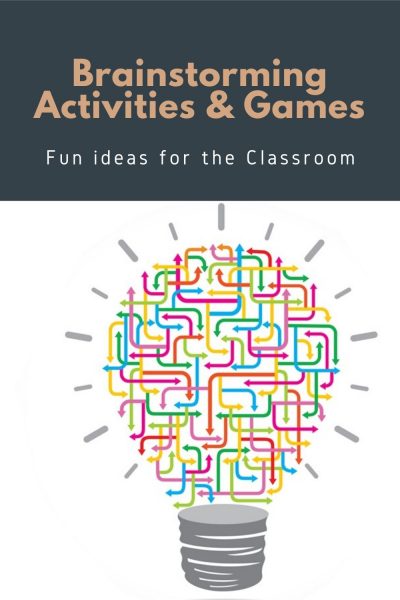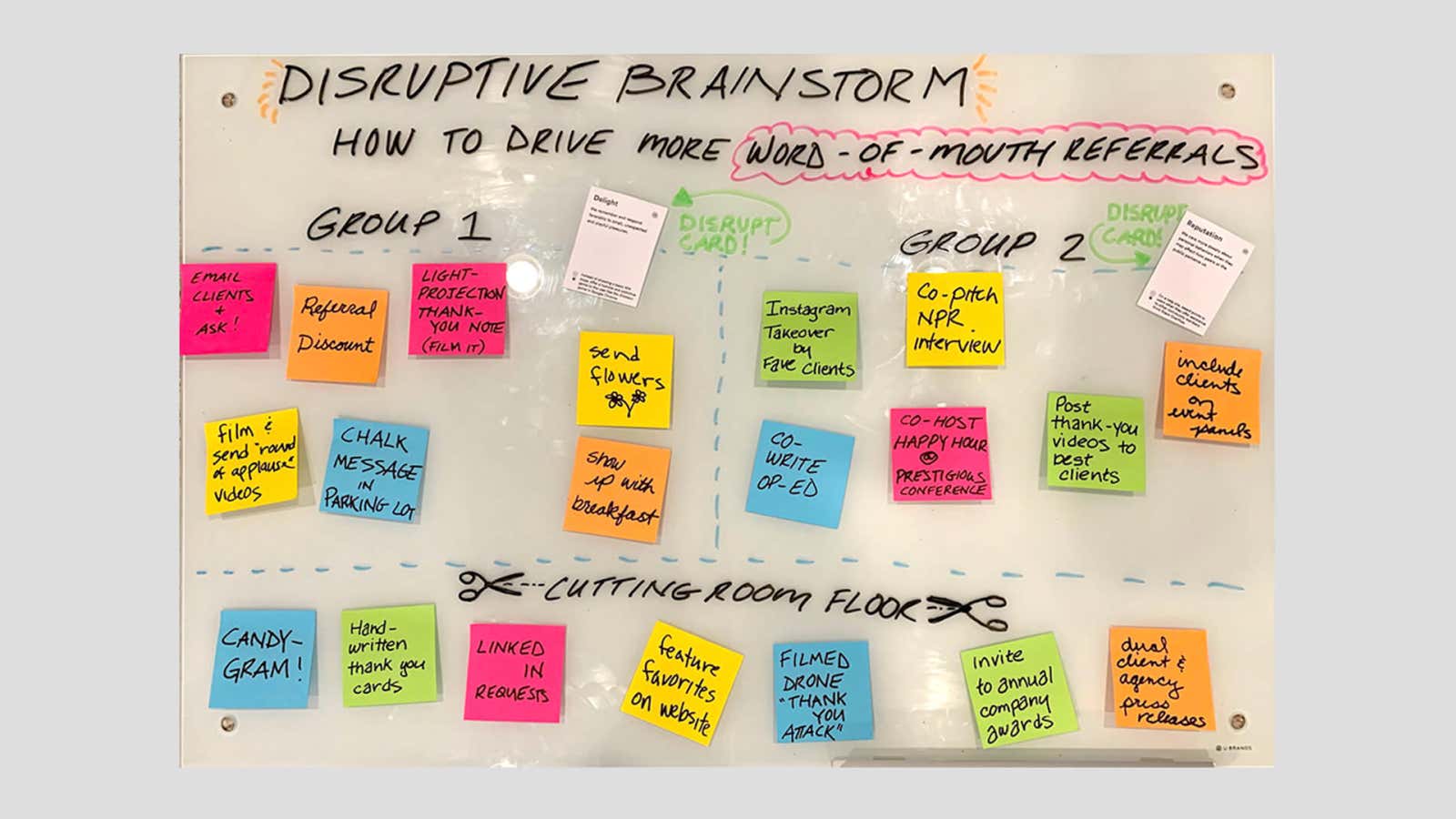Brainstorming Activities For Business
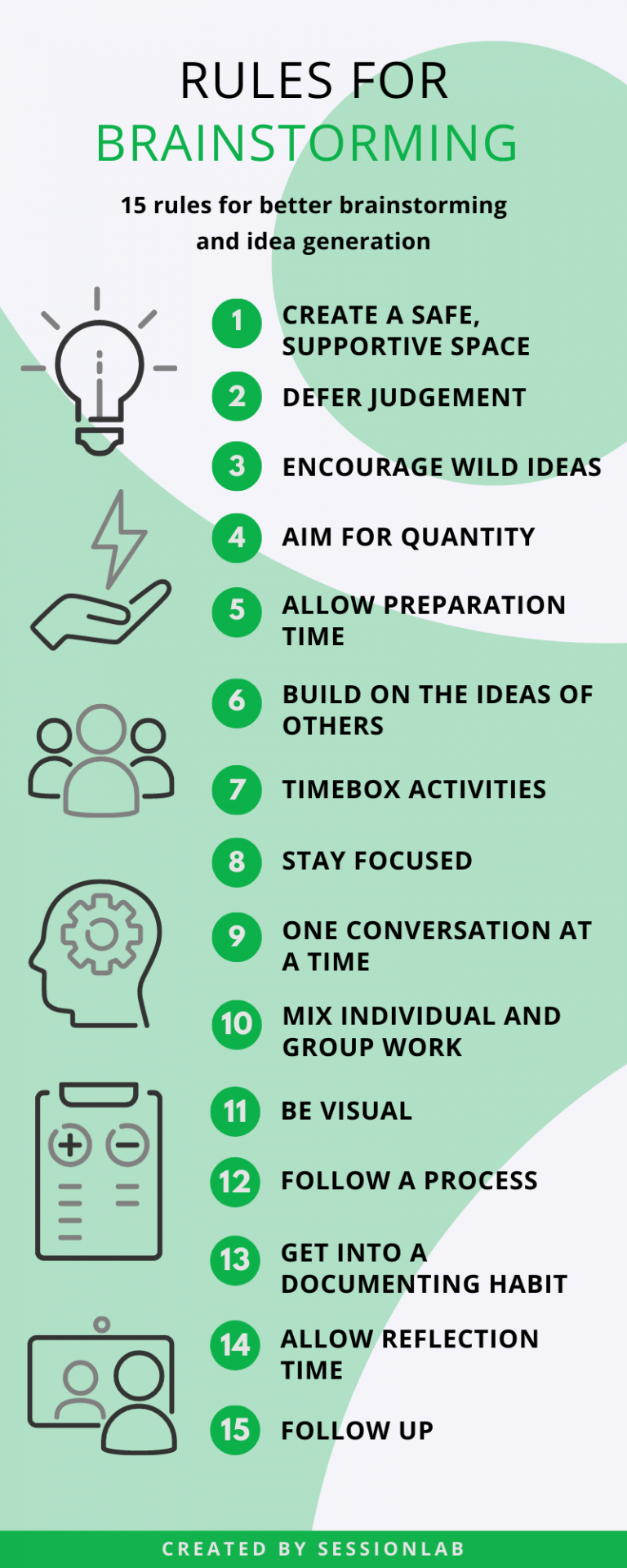
In the high-stakes arena of modern business, where innovation is the lifeblood of survival, the ability to generate fresh ideas is paramount. Stagnation is a death knell, and companies are increasingly recognizing the critical need to foster creative thinking within their teams.
This article delves into a diverse range of brainstorming activities that businesses can leverage to unlock their creative potential. We will examine established techniques alongside more novel approaches, exploring their practical applications and the specific benefits they offer in different organizational contexts. By understanding these strategies, businesses can equip themselves to tackle challenges, identify opportunities, and ultimately thrive in an ever-evolving marketplace.
Traditional Brainstorming Techniques
The classic brainstorming session remains a foundational element in many organizations' idea generation processes. In its purest form, this involves a group of individuals spontaneously contributing ideas, building upon each other's suggestions, and deferring judgment.
The key principle here is quantity over quality – the aim is to generate a large volume of ideas, regardless of their initial feasibility. This often leads to unexpected and innovative solutions that might otherwise be overlooked.
Nominal Group Technique
The Nominal Group Technique (NGT) introduces a more structured approach to traditional brainstorming. Participants first independently generate ideas in silence, minimizing the potential for groupthink or dominance by certain individuals.
These ideas are then shared and discussed, ensuring that everyone has a chance to contribute. NGT often results in a more balanced and comprehensive set of solutions compared to unstructured brainstorming.
Brainwriting
Brainwriting, another variation on the traditional model, also encourages independent thought. Participants write down their ideas on a piece of paper, then pass it on to the next person, who builds upon or modifies the existing ideas.
This process continues until everyone has contributed to each paper. Brainwriting allows for a greater degree of anonymity and can be particularly effective in overcoming social anxiety or fear of criticism.
Modern & Alternative Brainstorming Methods
Beyond the established techniques, a wealth of modern and alternative brainstorming methods are available. These offer unique approaches to stimulating creativity and fostering collaboration.
Reverse Brainstorming
Instead of focusing on solutions, Reverse Brainstorming encourages participants to identify the problems or obstacles. This can be a powerful way to uncover underlying issues that might not be immediately apparent.
Once the problems are identified, the group then brainstorms solutions to those specific challenges, leading to a more targeted and effective approach to problem-solving.
SCAMPER
SCAMPER is an acronym representing a checklist of prompts: Substitute, Combine, Adapt, Modify/Magnify/Minimize, Put to other uses, Eliminate, and Reverse. This technique encourages participants to consider different perspectives and possibilities by systematically applying these prompts to a problem or product.
By exploring each prompt, teams can unlock new avenues for innovation and identify potential improvements.
Mind Mapping
Mind Mapping is a visual brainstorming technique that involves creating a diagram to represent ideas and their relationships. Starting with a central concept, participants branch out with related ideas, connecting them through lines and keywords.
This visual representation can help to organize thoughts, identify connections, and spark new ideas. It's particularly useful for complex problems that require a holistic understanding.
"The best brainstorming sessions are those that create a safe and supportive environment for participants to express their ideas freely, without fear of judgment," says Dr. Anya Sharma, a leading organizational psychologist specializing in creativity and innovation.
The Importance of Facilitation & Environment
Regardless of the specific technique used, effective facilitation is crucial for a successful brainstorming session. A skilled facilitator can guide the discussion, ensure that everyone has a chance to contribute, and manage any potential conflicts.
The physical environment also plays a significant role. A comfortable and stimulating space can encourage creativity and collaboration. Consider incorporating elements such as natural light, comfortable seating, and visual aids.
According to a 2023 study by Harvard Business Review, teams that brainstormed in visually stimulating environments generated 20% more ideas than those in sterile, uninspiring settings.
Looking Ahead: The Future of Brainstorming
As technology continues to evolve, so too will the landscape of brainstorming. Virtual brainstorming tools and platforms are becoming increasingly sophisticated, enabling remote teams to collaborate effectively, regardless of their location.
Artificial intelligence (AI) is also poised to play a significant role, assisting in idea generation, analyzing data, and identifying patterns that might otherwise be missed. The integration of AI into brainstorming processes will likely lead to even more innovative and effective solutions in the years to come.
By embracing these diverse techniques and adapting to the changing technological landscape, businesses can unlock their creative potential and achieve lasting success in a competitive market.

